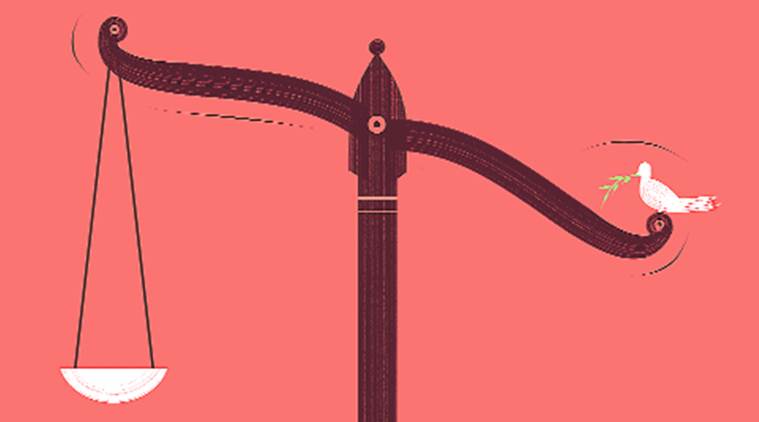Gained in translation: In the shadow of Ayodhya
Ayodhya was always a religious centre, but after Nawab Sadat Ali Khan laid the foundation of the Awadh dynasty in 1722, his court in Faizabad became a centre of cultural mingling.

The first depiction of Ayodhya’s social life is in the ‘Uttar-Kand’ of Tulsidas’s epic Kavitawali. The poet says: “Dhoot kaho Awdhoot kaho, Rajpoot kaho, Julha kaho koi/ Tulsi sarnaam ghulam hai Ram ko, jako ruchey so kahey kachhu oyu/ Maang key khebo, Mseet ko soyibo, Lebo ko ek na Debey koi doi (Call me a cunning person or a saint, an upper caste Thakur or an outcast weaver/ One can give me any sobriquet but I regale in Ram’s servitude/ I ask for alms and sleep in the mosque, I neither take anything from anybody nor do I give).”







































No hay comentarios:
Publicar un comentario